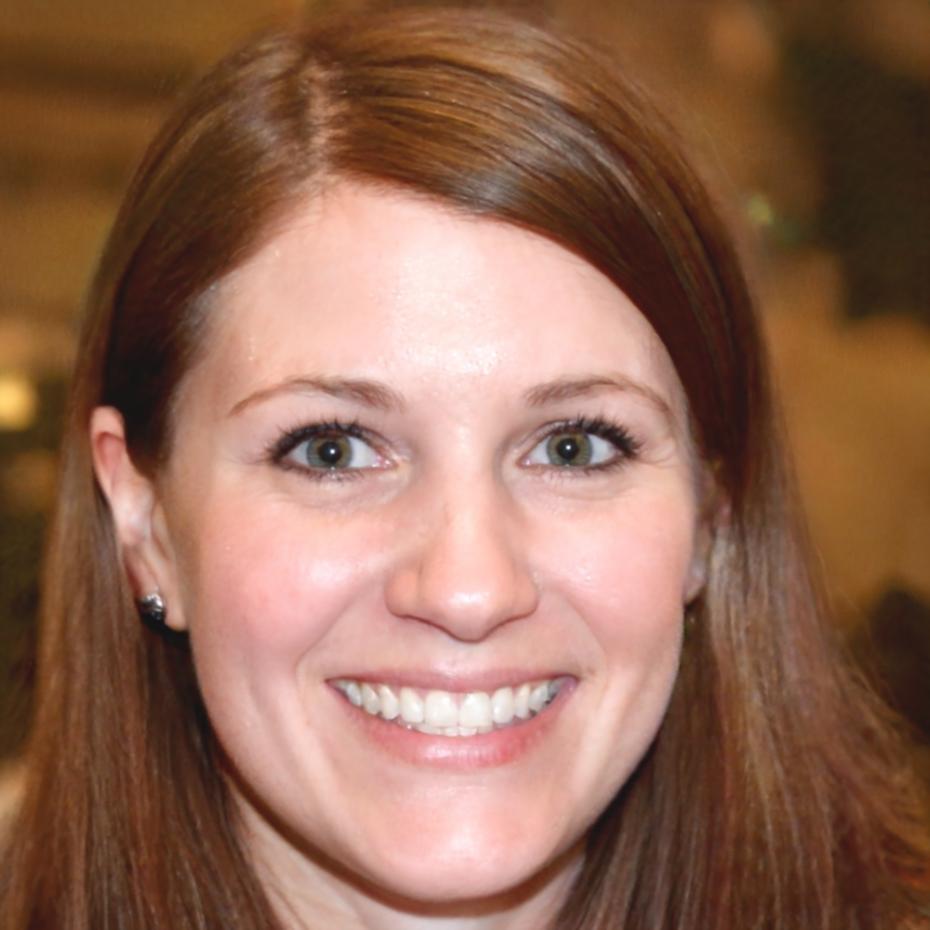From Spreadsheet Confusion to Confident Analysis
The Starting Point
Isla Pemberton came to us in March 2024 after spending two years trying to teach herself financial statement analysis through YouTube videos. She'd accumulated dozens of half-finished spreadsheets but couldn't connect the pieces into a coherent investment approach.
What Actually Changed
By January 2025, she'd developed her own screening process for Australian small-cap companies. Not because we handed her a template, but because she spent eight months working through actual company reports and asking questions when she got stuck. Her analysis isn't fancy—it's thorough and genuinely hers.
The Reality Check
She still makes mistakes. Last month she misread a cash flow statement and had to backtrack. But now she catches these errors herself instead of second-guessing every decision. That's the real shift we see in successful participants.

Different Backgrounds, Different Timelines
We track participant progress not through test scores but through what they actually do with the knowledge. Here's what we've observed across different starting points during 2024-2025.
The Career Changer
Freya Bannister worked in hospitality management for 12 years before deciding she wanted to understand investment analysis. Started with us in April 2024 with zero finance background.
She needed the full program duration—11 months—to feel competent reading annual reports. Now she volunteers at a local investment club, helping others decode financial jargon. Not working in finance professionally, just genuinely understands the fundamentals.
The Self-Taught Struggler
Declan Rourke had read every investing book he could find but couldn't translate theory into practice. Joined our September 2024 cohort specifically for the structured feedback component.
Six months later, he's building his own valuation models—not because we gave him a formula, but because he finally understood the underlying logic. He still asks questions in our alumni forum weekly. That's normal.
The Numbers Person
Eloise Vickers came from an accounting background, so she could read financials. But understanding accounting isn't the same as investment analysis. Started with us in June 2024.
She progressed faster through technical content but struggled with the qualitative aspects—management quality, competitive positioning, industry dynamics. By December 2024, she'd developed her own framework that combined both. It took focused work on her weaker areas.
The Patient Learner
Callum Driscoll joined our January 2024 cohort at age 56, worried he'd started too late. He took the material slowly, often rewatching sessions and taking extensive notes.
By November 2024, he'd completed his first complete company analysis—a 40-page document analyzing a local manufacturing firm. Probably more detailed than necessary, but it demonstrated genuine comprehension. He's now working through his second analysis at a more reasonable pace.
Typical Progress Trajectory
Based on tracking cohorts from 2024 through early 2025, here's the realistic timeline most participants experience. Individual variation is significant—some move faster, many need more time.
Months 1-2: Foundation Overwhelm
Most participants report feeling bombarded with terminology and concepts. This is normal. The goal isn't mastery—it's exposure. You're building a mental framework that'll make sense later. Expect confusion. Many consider quitting during month two. Most who continue are glad they did.
Months 3-5: Recognition Phase
Concepts start connecting. You begin recognizing patterns in financial statements. Progress feels slow but you're actually building the foundation for everything that follows. This phase separates those seeking quick wins from those committed to genuine understanding. The work gets more demanding here.
Months 6-8: Application Struggle
You understand the theory but applying it to real companies reveals gaps in your knowledge. This is when meaningful learning happens—through mistakes, corrections, and gradual improvement. Many participants find this phase frustrating because they expected to feel more confident by now. That frustration indicates you're engaging properly with the material.
Months 9-12: Developing Judgment
You're conducting analyses with less hand-holding. Your questions become more sophisticated. You still need guidance but you're developing your own analytical approach. By month 12, most participants can work through a company analysis independently, though they're still building experience and refining their process. This continues well beyond program completion.

